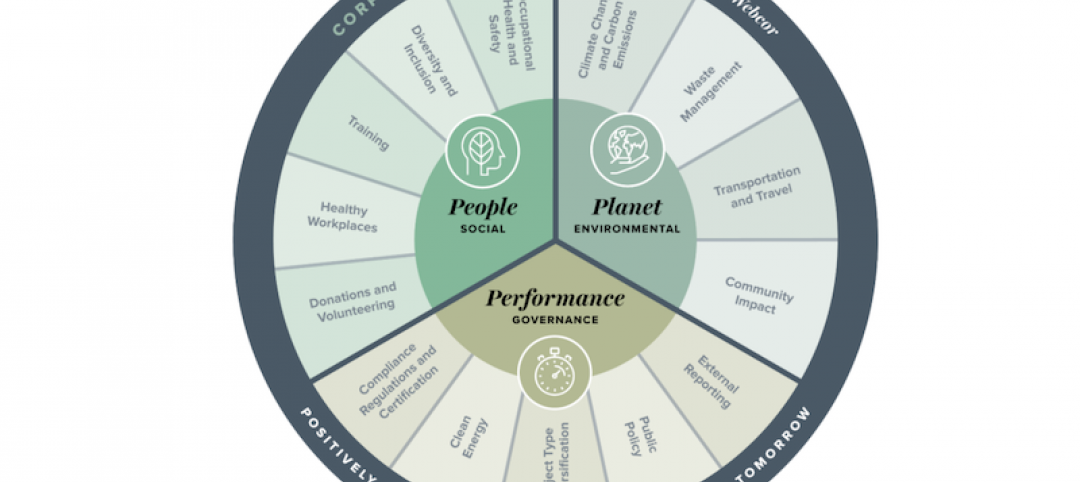“Motivation and Means: How and Why IPD and Lean Lead to Success”, co-sponsored by the Integrated Project Delivery Alliance, explodes several myths about Lean and IPD.
Myth #1: Delivery matters less than choosing the right people; behaviors can’t be dictated by a contract. You won’t get the A Team every time, but you can still foster positive behavior, says principal author Renée Cheng, PhD, AIA, Professor, School of Architecture, University of Minnesota. Think through which players you want on your team, how to create the right culture, and how to get rid of nonperformers.
Myth #2: IPD contracts are too complicated, Lean tools are too rigid. IPD and Lean are “a lot more flexible than people think,” says Cheng. Investing the time up front for designing your IPD and Lean procedures can pay off in huge ROI. Teams also vary in how they use IPD and Lean. It’s not as rigid as commonly believed, she says.
Myth #3: IPD only works on large complex healthcare projects. Teams new to IPD and Lean are at a disadvantage. Cheng says there’s no evidence that small projects cannot benefit from using an IPD and Lean. Moreover, you can have a team that’s new to IPD, or one that has half its team members experienced in IPD and Lean, and both can still work, she says.
Myth #4: Owners aren’t getting best value; or, owners are getting value but the team is not making a profit. Cheng says it’s hard to get at “pure results” for owners because “it usually depends on how well the owner sets the cost and schedule targets.” The research did show that 100% of owners in the study said their IPD/Lean projects met or exceeded expectations.
In terms of meeting schedule, some teams were just a bit over, a number were under. Similarly, with regard to budgets, one project team went over, some were at budget, a number were under.
As for profitability, Cheng says some project teams have reported making 20-30% more in an IPD than under a non-IPD. “I did see teams working collectively with the owner to determine a target cost, and this drove the original allowable cost way below market, and the profit was distributed.”
Myth #5: IPD and IPD-lite are essentially the same; financial incentives and release of liability are no big deal. Cheng says the behavior is “strikingly different” between those who have skin in the game and those who do not. “Those in the signatory pool behave much more collaboratively, there’s a lot more fluidity in how they’re willing to trade scope, and they’re much more willing to call out behavior that’s not productive.”
Finally, there’s a lot more “fun and enjoyment” in true IPD projects, says Cheng—“a lot more time being spent on positive things. It’s very positive and collaborative.”
Related Stories
Digital Twin | May 24, 2021
Digital twin’s value propositions for the built environment, explained
Ernst & Young’s white paper makes its cases for the technology’s myriad benefits.
Contractors | May 20, 2021
Balfour Beatty’s outreach to veterans pays dividends in leadership and growth
Contracts for work it’s done for the San Diego Unified School District have extended to several disabled vet-owned businesses.
Senior Living Design | May 19, 2021
Senior living design: Post-COVID trends and innovations
Two senior living design experts discuss the latest trends and innovations in the senior living building sector.
Multifamily Housing | May 18, 2021
Multifamily housing sector sees near record proposal activity in early 2021
The multifamily sector led all housing submarkets, and was third among all 58 submarkets tracked by PSMJ in the first quarter of 2021.
Wood | May 14, 2021
What's next for mass timber design?
An architect who has worked on some of the nation's largest and most significant mass timber construction projects shares his thoughts on the latest design trends and innovations in mass timber.
Healthcare Facilities | Apr 30, 2021
Registration and waiting: Weak points and an enduring strength
Changing how patients register and wait for appointments will enhance the healthcare industry’s ability to respond to crises.
University Buildings | Apr 29, 2021
The Weekly Show, April 29, 2021: COVID-19's impact on campus planning, and bird management strategies
This week on The Weekly show, BD+C Senior Editor John Caulfield interviews a duo of industry experts on 1) how campus planning has changed during the pandemic and 2) managing bird infestations on construction sites and completed buildings.
Multifamily Housing | Apr 22, 2021
The Weekly Show, Apr 22, 2021: COVID-19's impact on multifamily amenities
This week on The Weekly show, BD+C's Robert Cassidy speaks with three multifamily design experts about the impact of COVID-19 on apartment and condo amenities, based on the 2021 Multifamily Amenities Survey.

















